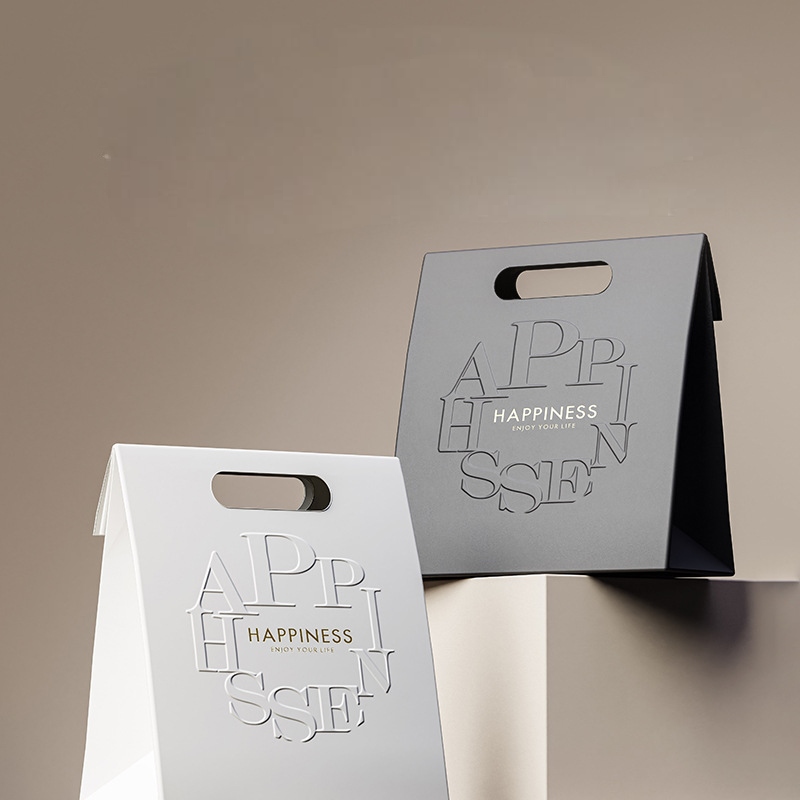Why Paper Bag is Eco-Friendly?: Material, Function & Impact
Discover how paper bags—from materials to function—make eco smart sense. Learn what makes them sustainable, functional, and eco-friendly.

What if the simple paper bag in your hand could help save forests and reduce landfill waste? That idea is not far-fetched. The process of making paper bags and their functionality explain it. People often praise them as eco-friendly packaging.
This article explains how paper bags work. It covers their material and function. It also discusses why they are eco-friendly, without being a sales pitch. You’ll gain clarity and understanding, not a shopping list.
Material: What’s a Paper Bag Made Of?
Manufacturers make most paper bags from kraft paper This is a strong, rough paper made through the kraft pulping process. It uses softwood pulp, usually at least 80%. This gives the paper great strength and durability.
Basis weight is an important term. It means the weight of 500 sheets of paper at its uncut size. This is the U.S. standard for thickness and durability. For instance, a bag made with 30-40 lb basis weight paper (≈48–56 gsm) is sturdy enough for groceries or clothing


Function: What Can Paper Bags Do?
- Paper bags are strong and versatile. They can hold heavy loads, even up to 50 kg in industrial sacks. This strength comes from their fiber bonds, porosity, and flexible design.
- Printing and branding: Their textured surface provides great print quality. Retailers use it to show logos and promote eco-friendly practices.
- Some manufacturers coat barrier options with materials like poly or zein to resist moisture or grease. PE coatings help with barriers but reduce recyclability; zein coatings offer better recyclability balances
Why They're Called Eco-Friendly
Renewable and biodegradable: Made from wood cellulose fibers, which are a renewable resource. This is especially true when sourced from sustainably managed forests. Look for FSC or PEFC certification. They biodegrade within 2–5 months
Recyclable and low carbon impact: Paper bags are very recyclable. In Europe, people reuse fibers about 3.6 times on average. The global average is around 2.4 times.
Wikipedia. From 2007 to 2018, European paper sacks reduced their carbon footprint by 28%. In 2018, their cradle-to-gate footprint was only 85 g CO₂e. When considering biogenic carbon storage, it was even net-negative at –35 g CO₂e.
Circular economy: Using recycled fibers and enabling reuse encourages a sustainable lifecycle
Paper bags cause less pollution than plastic. Plastic lasts for centuries and creates microplastic pollution. It comes from non-renewable fossil fuels.
In contrast, paper bags break down naturally. They help prevent long-lasting litter problems.
Reusability is important. To reduce their environmental impact, people should reuse paper bags. Studies show that using them more than three times makes them better for the climate than single-use plastic.
Conclusion: More Than Just a Bag
When you hold a paper bag, you’re not just carrying groceries. You’re holding a product made with care. It uses renewable materials and shows concern for the environment. When people learn how builders create it and why it is eco-friendly, they find their daily choices more meaningful.

You don't know how to start customizing?
Check Here



We Love to Hear From You
You can write down your detailed requirements in the message, for example, style, material, size, quantity, printing requirements, etc. You can also leave accurate contact information, we will contact you within 24 hours!
Leave A Message

